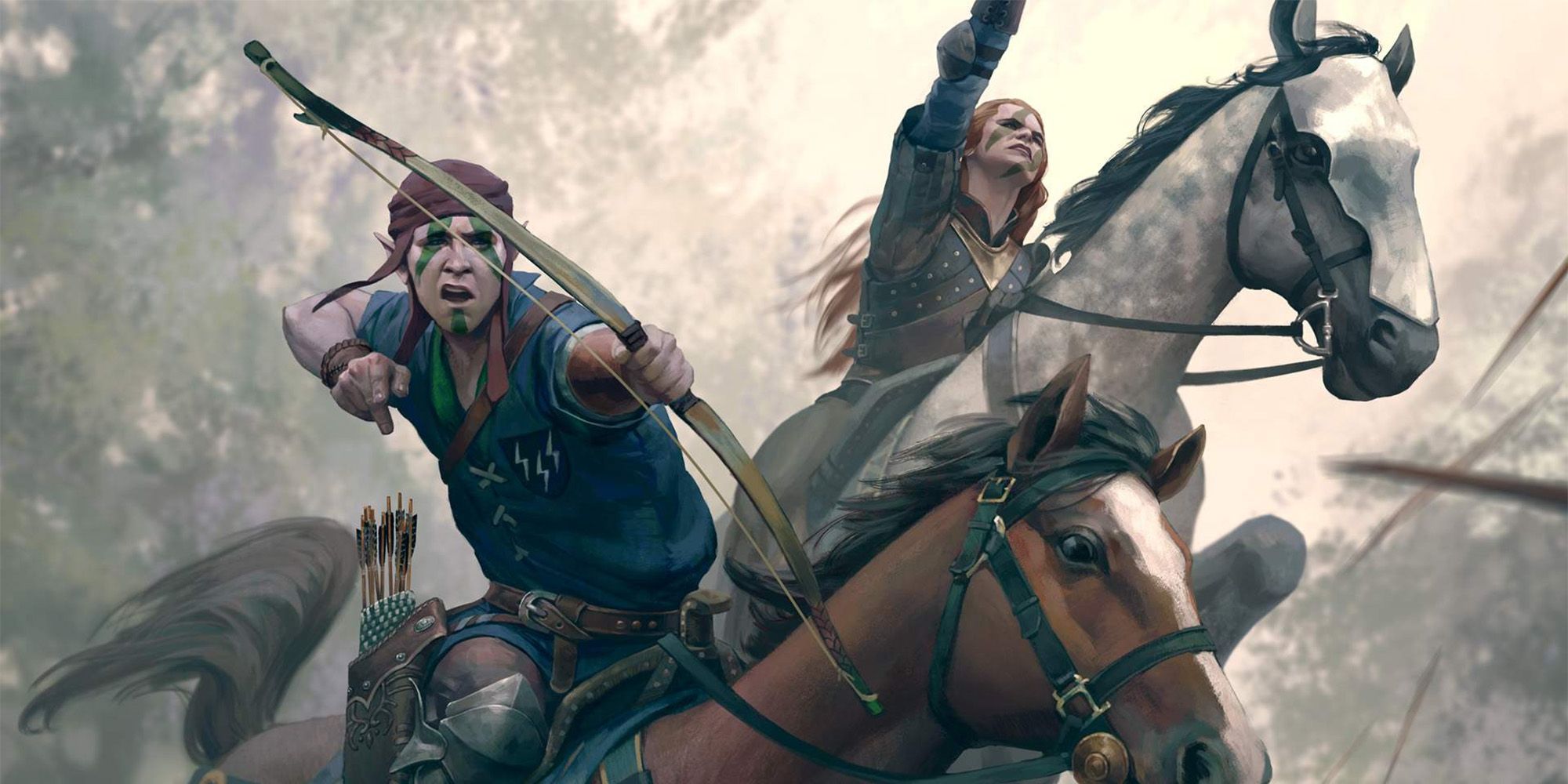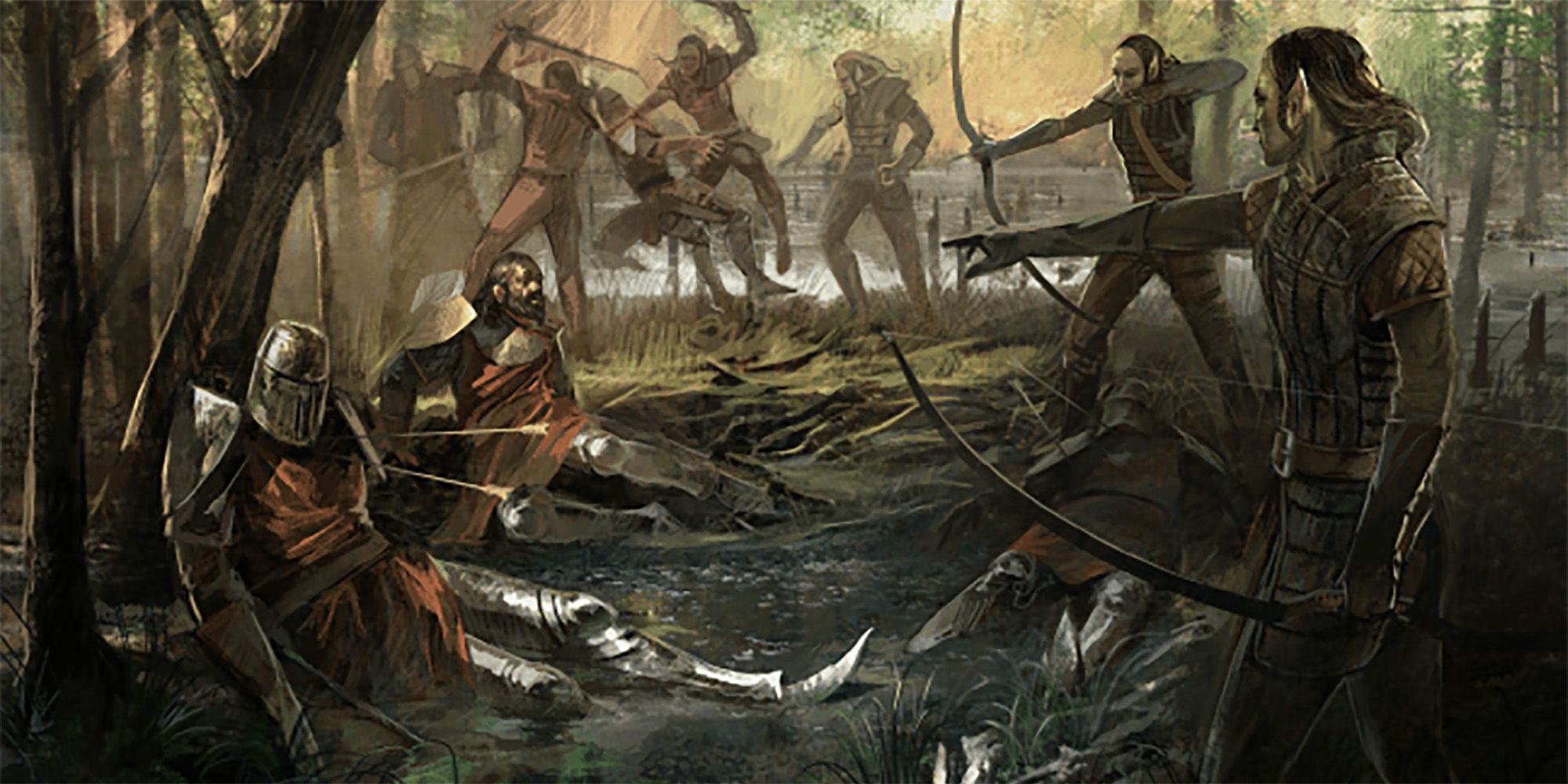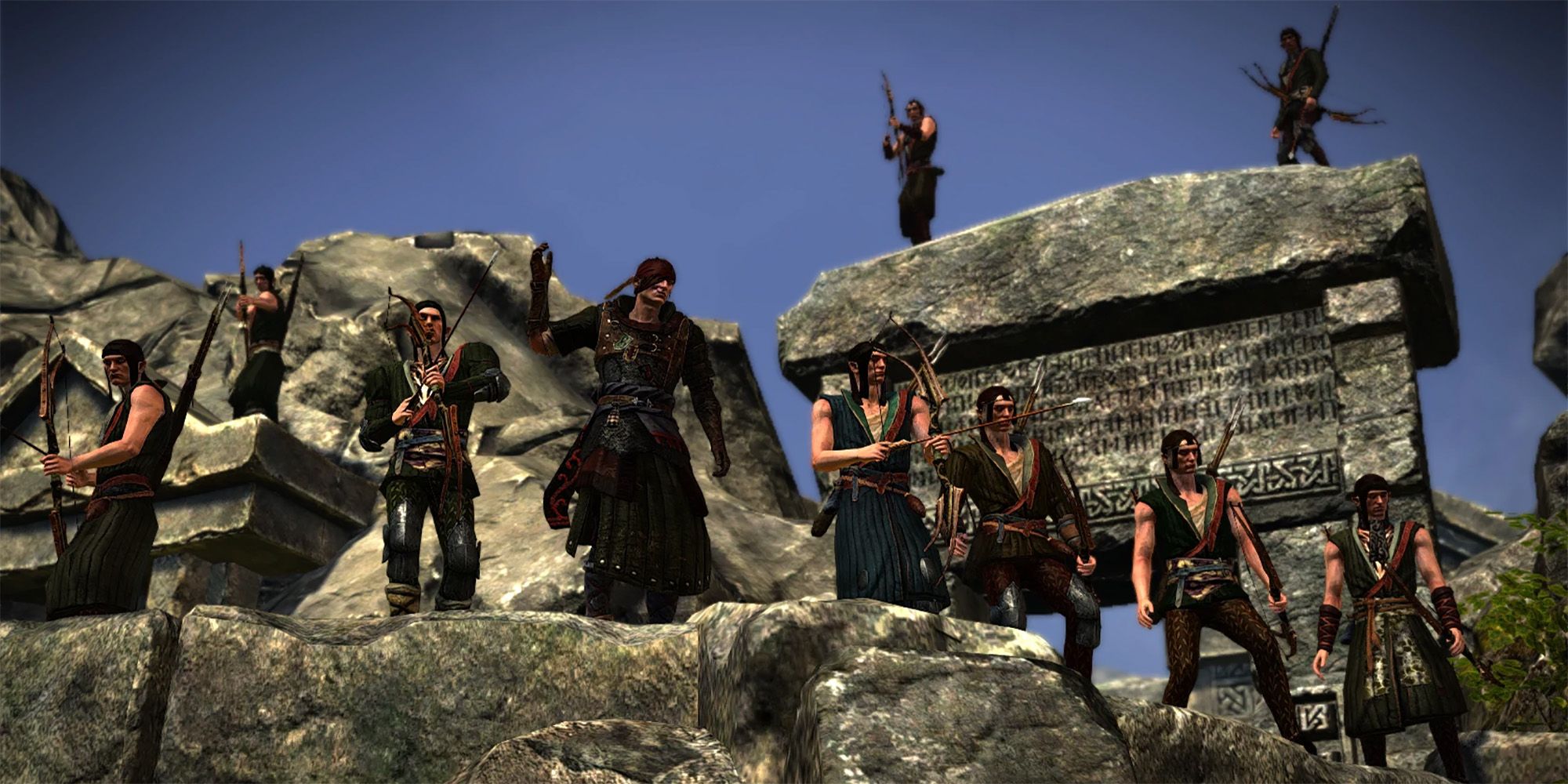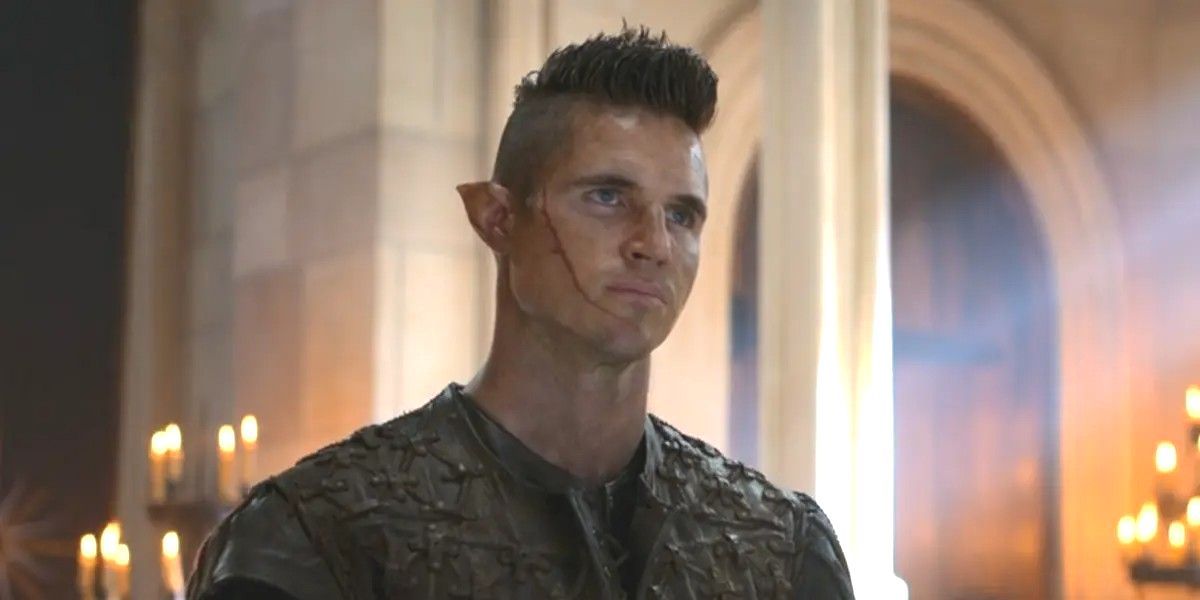Summary
- Humans quickly outnumbered and marginalized non-human inhabitants in The Witcher's world, leading to the formation of the Scoia'tael, a faction of elves born out of hatred and resentment.
- The Scoia'tael, named after the squirrel tails they wore, were used by Nilfgaard during the war in exchange for the promise of a home. However, they were later deemed outlaws and punished for their crimes.
- The Scoia'tael are known for their violent tactics, including ambushes and burning down villages. Though brutal, their actions are driven by the need for survival and the hope of reclaiming their rightful place on The Continent.
In the world of The Witcher, humans tend to dominate, despite being latecomers to The Continent. Dwarves, halflings, and elves were the primary inhabitants prior to their arrival, but humankind bred quickly, filling The Continent with their numbers. It wasn't long before non-humans became little more than an afterthought. The Scoia'tael were originally a faction of elves born of hatred and resentment brought on by the racism humans displayed toward their people, and over the years, the tactics they employed were as terrifying as they were lethal.
Scoia'tael means "squirrel tail" in the Elder Speech, the language of the Aen Sidhe elves. The faction's name came from the squirrel tails that many of the group's numbers decorated their clothing with. It became relatively common to spy dwarves and halflings within the Scoia'tael commandos over time, as outright racism on The Continent seemed determined to eradicate anyone who wasn't born human.
Updated on September 25, 2023, by Ajay Aravind: The Witcher is arguably one of the most popular epic fantasies of the 21st century. With multiple races and countless players, this elaborate narrative can be occasionally overwhelming, especially for newcomers. As such, we've updated this feature about the Scoia'tael with more information from The Witcher Season 3.
Who Are The Scoia'tael?
Scoia'tael fighting units known as Commandos are led by prominent elves who've earned their place with their deeds. Special Commandos have been named throughout history, designed to carry out specific tasks reserved for the strongest among them. One of the most famous Scoia'tael Commandos was the Vrihedd Brigade. Led by Isengrim Faoiltiarna, the Vrihedd Brigade was a part of Nilfgaard's mounted troops known as the 4th Cavalry Army and identifiable by a silver lightning bolt on their uniforms.
During the second war with Nilfgaard, the Vrihedd Brigade earned notoriety for their cruelty towards civilians. It was said they mercilessly tortured their victims and raided medical tents to kill the wounded soldiers within. When Nilfgaard made peace with Cintra, Cintra's terms included the surrender of 32 Brigade officers. The officers were brought to trial before their execution, and their bodies were dumped into the Ravine of the Hydra. Two officers managed to escape before execution: Isengrim Faoiltiarna and Iorveth, the latter going on to become a significant character in CD Projekt Red's The Witcher 2: Assassins of Kings.
Nilfgaard used the Scoia'tael during the war, offering them something the elves desperately longed for in exchange for their services: a home. Emperor Emhyr var Emreis promised to return Dol Blathanna to the elves and make it an independent state. Enid an Gleanna was named queen of Dol Blathanna, but after Nilfgaard and Cintra made peace, even the elven queen turned her back on the Scoia'tael, naming them outlaws for the very deeds Nilfgaard employed them to carry out.
The Scoia'tel In The Witcher Games
Their fighting tactics have been known to be violent, with commandos lying in wait in the woods and brush, disguising themselves among the trees and ambushing travelers on the road. The first game notes that they were notorious robbers of merchant caravans, known to mercilessly burn down civilian villages. That they were societal outcasts who couldn't trade for the things they needed suggested that, while their actions were unforgivably brutal, they were also necessary to their survival.
The bitterness of the Scoia'tael became a prominent feature in the first and second Witcher games, with Geralt often forced to side either with or against them. In The Witcher, the glossary entry for Elves detailed the Scoia'tael as rebels fighting against racial discrimination. It claimed they were inspired by Nilfgaard and other great nations, when in fact, it was more likely they were prompted by their need to survive.
Geralt encountered a Scoia'tael named Yaevinn during Chapter Two of the first game, when the elf petitioned the witcher to help his faction in a battle against the Order of the Flaming Rose. Yaevinn appealed to Geralt by pointing out that, much like the non-humans of their world, the witcher would never be accepted by society, but simply tolerated and exploited for his skills as a monster hunter. Whether Geralt sided with Yaevinn or chose to remain neutral, the elf was mentioned by Iorveth in the second game, but he did not appear or receive mention in Wild Hunt.
In Assassins of Kings, Geralt had the opportunity to side with Iorveth's Scoia'tael against Vernon Roche's Blue Stripes. Iorveth and his commandos had earned such a sinister reputation for their deeds against humans that many believed him to be little more than a legendary ghost. Geralt discovered otherwise when he came face to face with the Scoia'tael. Despite his dark deeds, Iorveth was actually a passionate and loyal ally — especially if the witcher displayed the trust the elf felt he deserved.
While they play a lesser role in Wild Hunt, the Scoia'tael still appear throughout the game. Living in the woods as they had always done, barely surviving, attacking and lashing out lest they find themselves exterminated, the Scoia'tael remained driven by their longing to reclaim what once was theirs and theirs alone. Sadly, their methods often made them targets, and with elven numbers constantly dwindling due to their low reproduction rates, the chances of the reclamation they dreamed of were slim to none.
The Scoia'tael In The Netflix Series
The Scoia'tel were introduced in The Witcher Season 3, with a dashing yet unsympathetic elf named Gallatin as their leader. The TV versions of these characters aren't very different than in the books or video games, but they allow audiences to visualize them as independent agents rather than passive individuals. Gallatin is eventually betrayed and murdered by Cahir, so this act is likely to have serious consequences for the Scoia'tel, the Aen Sidhe elves, and The Continent at large.
The now-leaderless Scoia'tael remain like squirrels in the woods, foraging and pillaging for whatever they can find in order to survive while the rest of the world couldn't care less if they live or die. In fact, the majority of humans (and even many of the surviving Aen Sidhe) would rather the Scoia'tael disappear entirely, taking with them the violence, vengeance, and hatred that fuel their every waking moment. Still, they are a necessary part of The Continent, a deep root tying the world's history to its source. No matter the corruption that has nearly led them to ruin time and again, they hold onto the hope that one day, the elves will rise from the ashes and dominate again.




